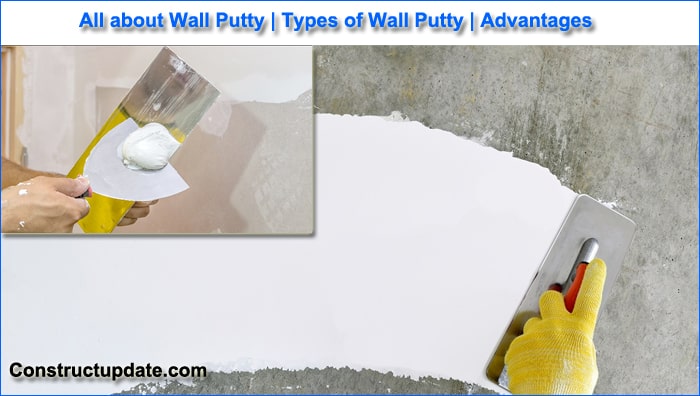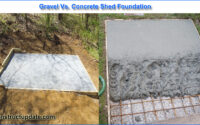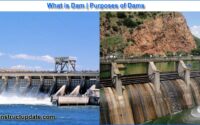What is Wall Putty | Types of Wall Putty | Wall Putty Features and Application
What is Wall Putty?
Wall putty is a substance that is placed on the interior walls of a home to improve the aesthetics and longevity of the structure. Wall putty provides a solid foundation for painting while also highlighting the colour. It gives our home crisp and attractive edges.
Wall putty is a cement-like substance that is placed on the wall to create a uniform surface. It also employs a filler material to fill pores, cracks, and undulations in walls, among other things. If you want to extend the life of your paint, you should apply one or two layers of wall putty. If there are no large wall cracks, putty will be applied to the whole surface of the wall, although final touches are not required at this time.
In general, wall putty has a strong plasticity property, and its texture is quite similar to that of clay. Wall putty acts as a natural barrier between the painting and the environment. Wall putty is available in a variety of colours and can be used on both new and old walls.

Different types of wall putty
White cement wall putty and Acrylic wall putty are the two varieties of wall putty available.
White cement wall putty
White cement wall putty is composed of white cement with the addition of polymers and minerals. Because it is made of white cement, it is suitable for both interior and exterior uses and has outstanding binding properties. It has a glossy and smooth finish.
It’s white cement, mineral, and polymer-based putty designed to provide a white coating, brilliant, smooth, and outstanding finish on the wall surface, which is necessary for wall painting.
Features:
- Excellent adhesion properties
- Abrasion resistance is excellent.
- On the wall, it resists the growth of algae and fungi. It has a great finish and paint effects.
- Because of its low absorption, less paint is required.
- Low maintenance
- Non-toxic
- Well suited for all types of paints
Acrylic wall putty
Acrylic wall putty is a water-based acrylic solution. It’s only good for interiors and has a lower binding quality than white cement alternatives.
Features:
- It is ready to use
- Protects from external elements
- It has a better alkali resistance
- It gives a smooth finish
- It is suitable for all kinds of paints
- It dries fast
Application of wall putty
Wall putty can be used for both exterior and interior walls. As a result, determine which type of wall putty your walls require.
How to apply the wall putty:
Before applying wall putty, wipe the wall with a hard metal brush and then use emery paper to smooth the surface of sand and cement before applying the wall putty.
Because wall putty is also used to straighten and smooth the wall, ensure sure the surface is level.
Apply two coats of putty to a wall: the first coat, then smooth the surface with emery paper when it has dried, and then apply the second coat. Because you will obtain a much better layer with a smoother finish if you practise this.
Advantages of wall putty
Wall Putty adheres to the base concrete or plastered surfaces quite well. As a result, whether applied to a home’s exterior or interior walls, wall putty can create a smooth, undulation-free surface for a lovely paint finish.
Advantages of using Wall Putty are:
- It increases the wall’s tensile strength.
- The use of wall putty extends the life of the paint on the walls.
- A cost-effective method of reducing the amount of paint used on the walls.
- It is moisture resistant.
- A smoother finish is achieved with wall putty.
- The wall putty does not flake or break down easily.
- An application that can be used for multiple purposes.
- Provides a glossy, smooth, and attractive finish to the walls, bringing out the genuine paint tone.
- Does not get damaged and saves pricey paint coats from peeling.
Disadvantages of Wall Putty
- Wall putty is a relatively new material that has become popular in recent years due to its benefits. However, it does have some drawbacks, which are as follows:
- Wall cracks are easily visible in wall putty walls because the surfaces are smooth and even, making fissures easy to spot.
Wall putty gives the entire wall a smooth and even surface, but it’s extremely tough to keep it that way because it’s not a machine-based procedure.
Because there are so many different types of wall finishes available on the market, they are all unique. As a result, applying wall putty over a variety of wall treatments is quite challenging. - Another downside of wall putty is that it requires a lot of effort to clean, and an inexperienced person cannot do it since there is a great risk of damaging the putty.





